
How Local Communities Can Aid in Succulent Conservation Efforts
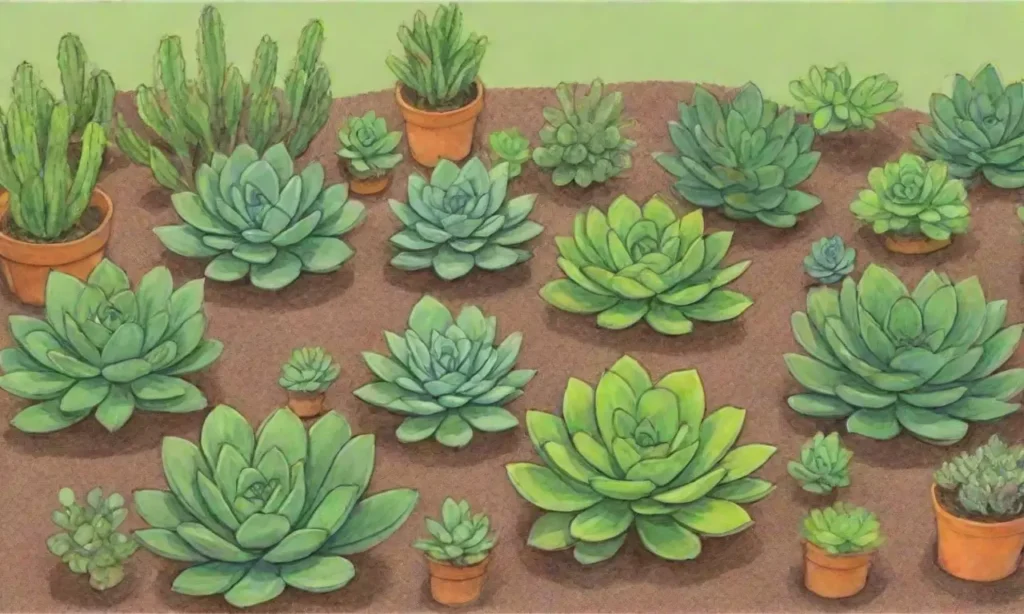
Introduction
The conservation of succulents has become an increasingly urgent topic as climate change and habitat destruction pose significant threats to these unique plants. Succulents, which are characterized by their thick, fleshy parts designed to store water, come in a vast array of shapes, sizes, and colors. Many species are endemic to specific geographic locations, making their conservation efforts not only essential for biodiversity but also for cultural heritage, as many local communities have rich traditions associated with these plants.
In this article, we will explore the various ways in which local communities can play a pivotal role in the conservation of succulents. From grassroots initiatives to educational programs and partnerships with organizations and governments, communities hold crucial knowledge and resources that can significantly impact conservation efforts. Additionally, we will discuss the importance of sustainable practices and community-driven projects that not only preserve these beautiful plants but also empower local populations.
The Role of Local Knowledge in Succulent Preservation
Local communities often possess in-depth knowledge about their native succulent species, which is essential for effective conservation. Indigenous people, in particular, have conserved specific species for generations, understanding their ecological significance as well as their uses in traditional medicine, crafts, and food. This knowledge is invaluable for conservation efforts as it provides insight into the habitats where these plants thrive, threats they face, and best practices for cultivation and protection.
Moreover, by involving local communities in conservation efforts, we can integrate this rich knowledge into scientific research and ecological management. Community members can identify which species are most vulnerable, document changes over time, and contribute to conservation planning. For instance, citizen science initiatives enable locals to collect data on succulent populations, which can then be used by researchers to inform their studies and create conservation strategies that are both effective and culturally appropriate.
In addition to knowledge about plant care and habitats, local communities often understand the social dynamics at play within their environments. This perspective is crucial in forming alliances and garnering support for conservation projects. When local leaders and community members are invested in the preservation of their natural resources, the likelihood of long-term success increases significantly. Hence, investing in local people and their knowledge translates into more robust and sustained conservation initiatives.
Grassroots Movements Driving Succulent Conservation
Grassroots movements are often at the forefront of conservation efforts, and succulent conservation is no exception. These community-centered organizations work tirelessly to address environmental issues on a local scale, forging a pathway toward sustainable practices and responsible stewardship of plant life. Such initiatives range from community gardens to public awareness campaigns.
Community gardens not only provide a space for individuals to cultivate and enjoy succulents but also serve as educational tools for teaching sustainable gardening practices. By growing native succulents, community members can showcase their native flora and encourage others to appreciate and conserve these unique plants. Moreover, these gardens foster a sense of community, promoting interaction among individuals, families, and neighbors while creating an environment that highlights the importance of environmental awareness.
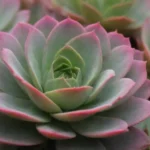 On the Brink: The Most Endangered Succulent Plants Worldwide
On the Brink: The Most Endangered Succulent Plants WorldwideAlongside gardening initiatives, grassroots organizations often engage in awareness campaigns aimed at educating the public about the ecological and cultural value of succulents. By holding workshops, hosting local events, and utilizing social media platforms, these organizations broaden their reach and help cultivate a collective consciousness regarding conservation efforts. Such awareness efforts inspire individuals to advocate for local legislation protecting succulent habitats, push for biodiversity offsets, and prompt companies to adopt sustainable practices.
Additionally, these grassroots movements have the flexibility to respond quickly to environmental threats, whether they arise from urban development, climate change, or invasive species. Such adaptability often leads to effective and innovative solutions tailored to specific local contexts. This responsiveness empowers communities to take charge of their local ecosystems, creating a more robust and united front for succulent conservation.
Partnerships Between Local Communities and Organizations
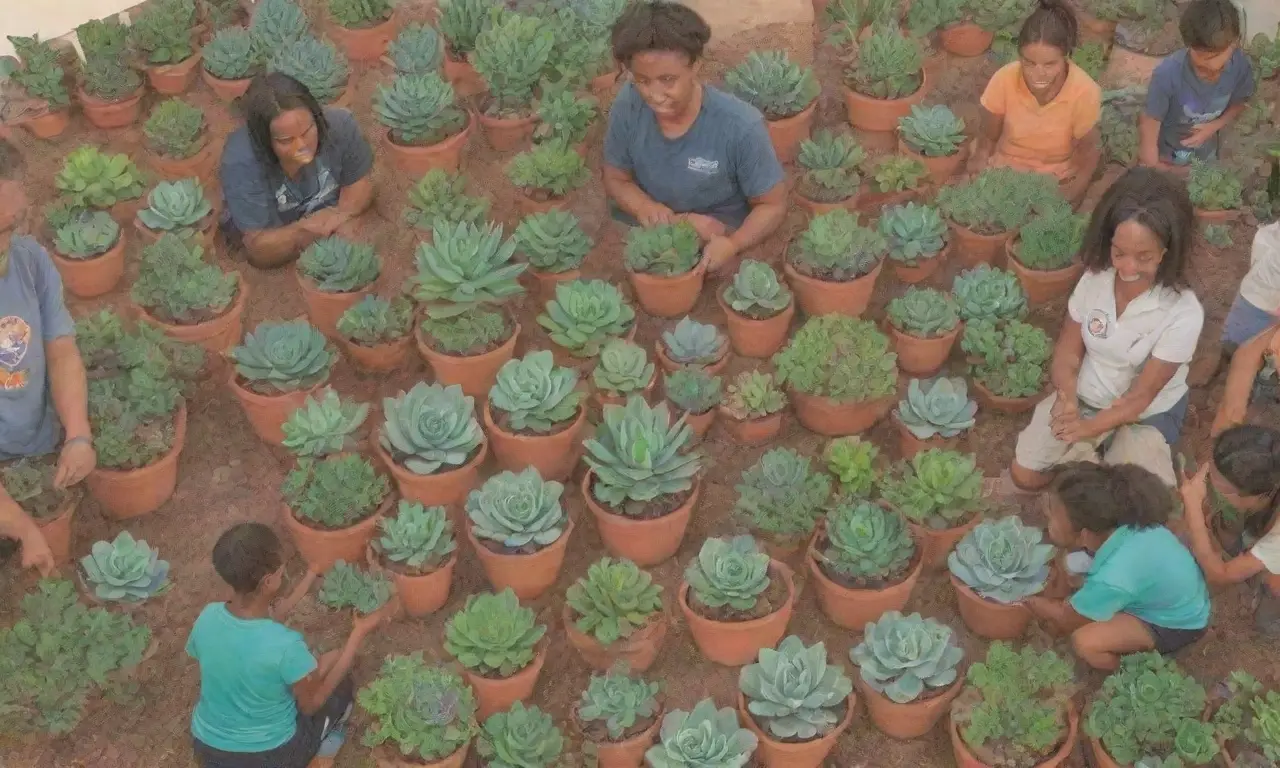
Collaboration between local communities and larger conservation organizations is vital for enhancing succulent conservation efforts. By forming partnerships, local communities can leverage the resources and expertise of larger bodies while contributing their unique insights and experiences. This synergy can yield successful projects that combine scientific rigor with local knowledge.
For instance, organizations focused on biodiversity conservation can provide training and educational resources that equip community members with the skills they need to effectively conserve native succulent species. This may include workshops on identification, propagation, and habitat restoration, allowing locals to engage in hands-on learning and develop a deeper appreciation for the plants in their environment. In turn, this bolstered skill set enhances community involvement and encourages proactive efforts to maintain healthy ecosystems.
Additionally, partnerships can facilitate funding opportunities that would be otherwise unavailable to smaller grassroots organizations. Through collaboration with larger environmental NGOs, local communities can apply for grants and participate in international funding initiatives. These resources can help support essential conservation programs, such as habitat restoration and species monitoring, ensuring sustainable practices are implemented to preserve succulents for generations to come.
Moreover, forming alliances with universities and research institutions further enriches the conservation landscape. Academic researchers benefit from local fieldwork and can help amplify the community's voice when working on joint projects. This two-way exchange leads to innovative approaches to conservation, yielding better outcomes for both local projects and larger ecological goals.
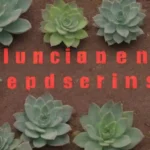 Documenting Endangered Succulent Species: Research and Methods
Documenting Endangered Succulent Species: Research and MethodsThe Importance of Sustainable Practices
When it comes to succulent conservation, promoting sustainable practices is a critical aspect that local communities must prioritize. This means fostering an ethos that values not just the plants themselves but also the ecosystems they inhabit and the human communities connected to them. Adopting sustainable gardening techniques, such as xeriscaping, organic gardening, and water conservation methods can significantly reduce the ecological footprint of succulent cultivation.
Xeriscaping, for instance, is an approach to landscaping that emphasizes water conservation through careful plant selection and efficient landscape design. By incorporating native succulents alongside other drought-resistant plants, communities can create aesthetically pleasing and sustainable gardens that thrive with minimal water input. This practice not only benefits the environment but also educates community members about the importance of resource conservation.
Organic gardening techniques also help protect local ecosystems by refraining from the use of harmful chemicals. Emphasizing natural pest management methods and organic fertilizers nurtures a healthy soil ecosystem, fostering the growth of vibrant succulents. Moreover, these practices can help build soil resilience, which is essential in times of climate variability.
By adopting sustainable practices, local communities can demonstrate the importance of environmental stewardship and instill a sense of responsibility in individuals concerning plant conservation. Encouraging individuals to engage in eco-friendly gardening practices establishes a culture that respects local ecosystems and empowers people to take action toward preserving their native flora, including cherished succulent species.
Conclusion
The conservation of succulents is not just the responsibility of larger organizations or governments—it profoundly relies on the active engagement of local communities. By drawing on their unique knowledge, investing in grassroots movements, forming valuable partnerships with organizations, and promoting sustainable practices, communities can make extraordinary strides toward preserving these resilient plants for future generations.
Through their committed efforts, communities can champion the idea that succulent conservation is a shared responsibility that results in enriching interactions with nature, improved local ecosystems, and empowered citizens. As they work to protect their native plants, they weave together their traditions, cultural identity, and ecological integrity, crafting a legacy that celebrates both human and natural heritage.
In a world facing ever-increasing environmental challenges, local communities stand as custodians of their ecosystems, capable of bringing about a positive difference. By recognizing the multifaceted role they play in succulent conservation, we encourage proactive measures that safeguard these beautiful plants and the habitats they call home. Together, we can create a future where succulents thrive alongside vibrant communities enriched by biodiversity, tradition, and connection to the land.
 Endangered and Beautiful: Succulents You Should Protect
Endangered and Beautiful: Succulents You Should ProtectIf you want to read more articles similar to How Local Communities Can Aid in Succulent Conservation Efforts, you can visit the Endangered succulent species category.



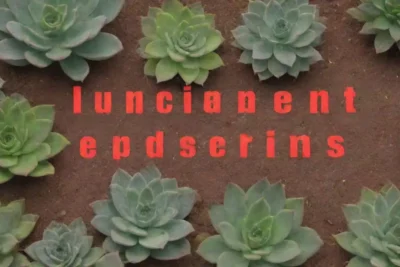
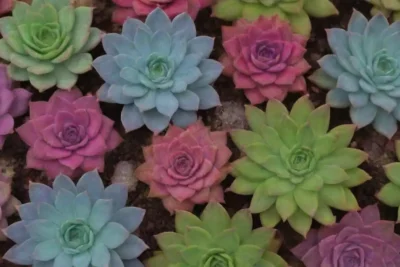
You Must Read